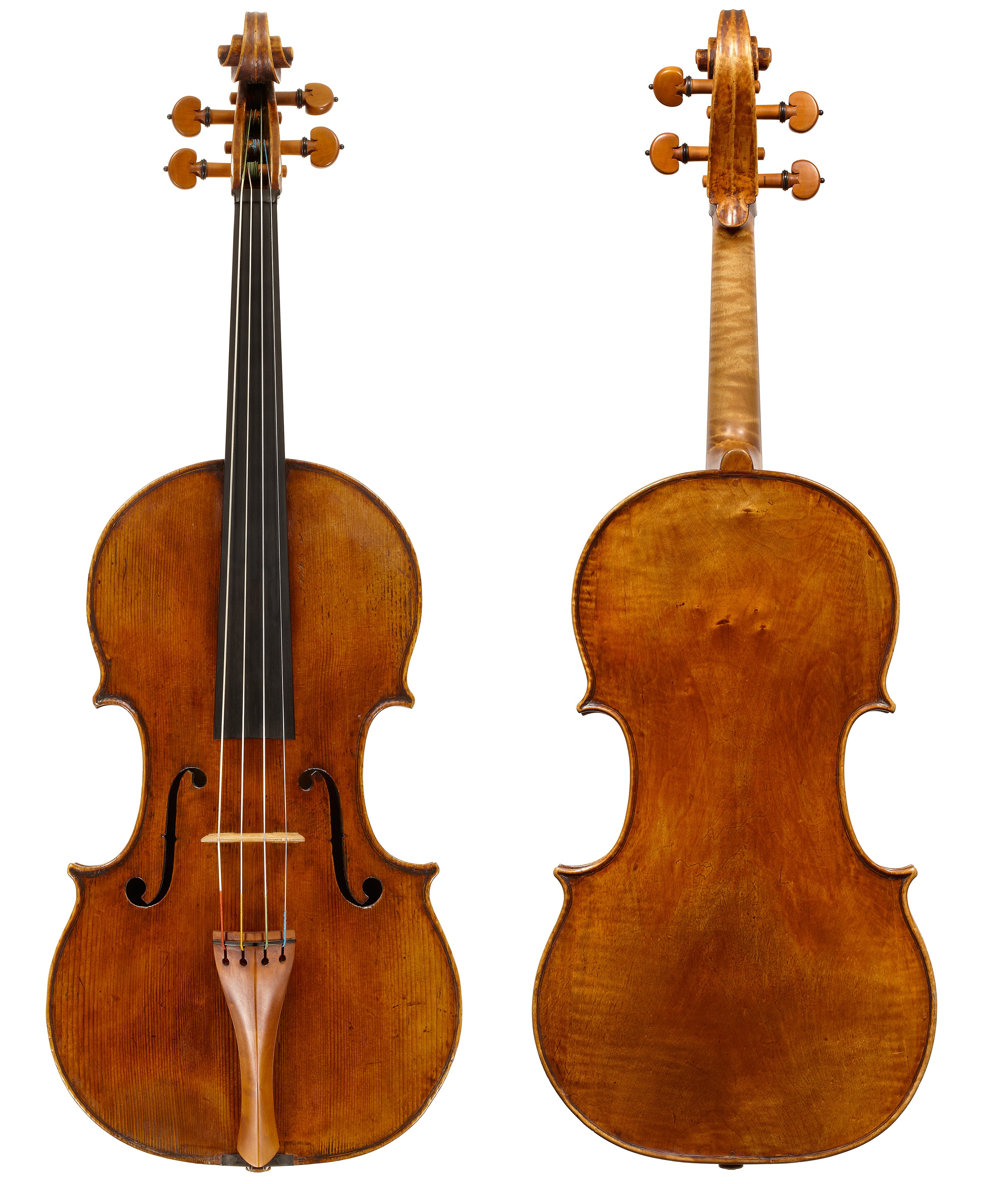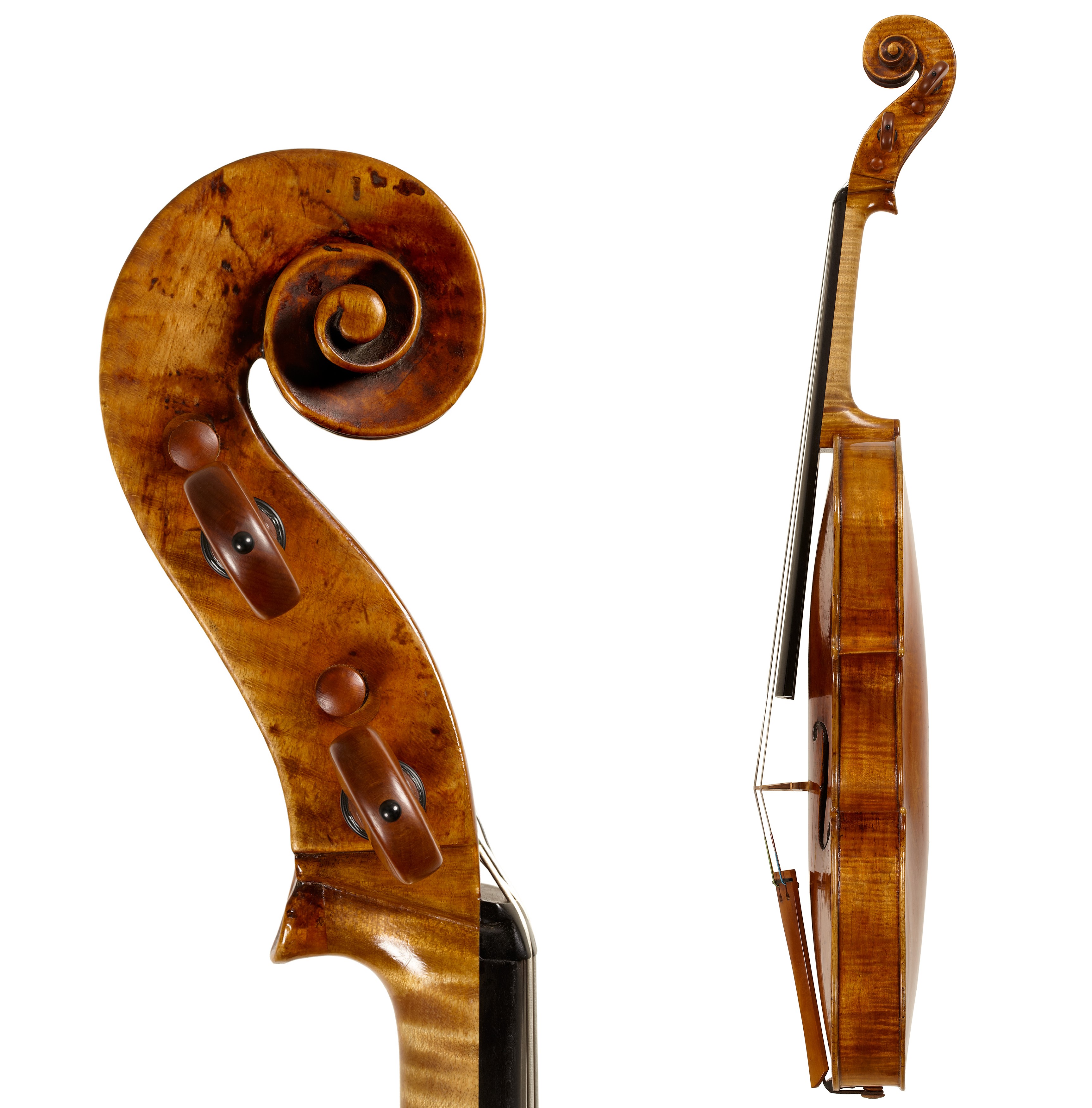â æ¥æã»ææå®ä¼
Closed on Sundays & Mondays
10:30ï½18:30
112-0002 æ±äº¬é½æ京åºå°ç³å·2-2-13 1F
1F 2-2-13 Koishikawa, Bunkyo-ku,
Tokyo 112-0002 JAPAN
å¾æ¥½åé§
丸ã®å
ç·ã4båºå£ã ååç·ã8çªåºå£ã
KORAKUEN Station (M22, N11)
æ¥æ¥é§
ä¸ç°ç·ã»å¤§æ±æ¸ç·ã6çªåºå£ã
KASUGA Station (E07)
- 03-5803-6969+81 3 5803 6969
- 03-5803-6969+81 3 5803 6969
- ãåãåãããã©ã¼ã Inquiry Form ãåãåãããã©ã¼ã Inquiry Form ãåãåãããã©ã¼ã Inquiry Form
- æ¯æ¿ãäºç´ï¼PC & æºå¸¯ããï¼Reservation for Rehairing

Dictionary of Makers
- All
- Violin Maker
- Guarneri, Andrea
Andrea Guarneri
Violin Makerã
1623-1698
CremonaItaly
Andrea Guarneri was the link between the Amati and Guarneri dynasties. He was an apprentice in the Amati shop from 1641 to 1646, and again from 1650 to 1654. In that year he left his teacher's shop and moved into the house that we now know as the 'Casa Guarneri'. Andrea's instruments were made very much in the Amati tradition, although his work is a little freer in conception and less perfect in execution than that of his teacher.
Andrea was the most prolific maker of the family, and was assisted in his later years by his sons, Giuseppe and Pietro, both of whom subsequently became highly re- spected makers in their own right. From about 1690 the hand of Giuseppefilius Andre~ can be seen quite clearly in Andrea's work, and the circa 1695 violin on pp. 320-321 is almost entirely the work of Giuseppe, although it bears the label of the shop in which it was made. The same is true of the cello dated 1697 onpp. 324-325, which was made just a year before Andrea's death.
Andrea also made a number of very successful small violas, of which only about eight survive, but which are considered among the best violas in existence today. A fine and recently discovered example from circa 1690 is illustrated on pp. 322-323. The scroll of this instrument is attributed to Giacomo Gennaro, but the body is typical of Guarneri's work of this period, which was largely en- trusted to his son Giuseppe, and is remarkably similar to the famous 'Primrose' viola of 1697 (see Bein & Fushi: The
None of the makers in the Guarneri family blindly followed the teachings of his master; instead, each developed his own highly individual and original style. This tradition of bold creativity led eventually to the creation of some of the greatest instruments ever made, and it formed the basis of the great legacy of the name Guarneri.




